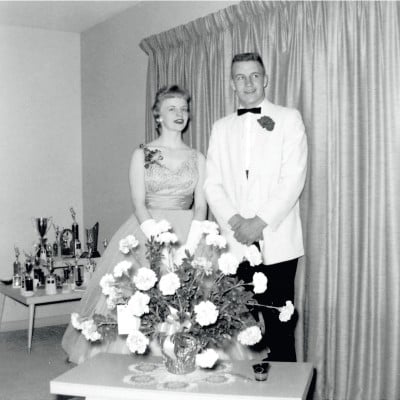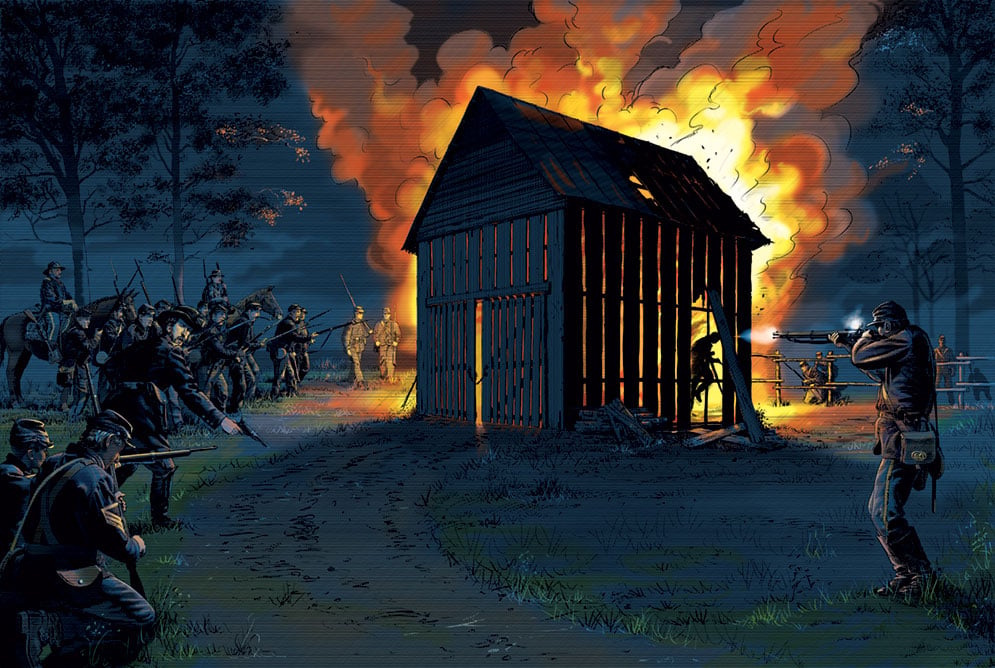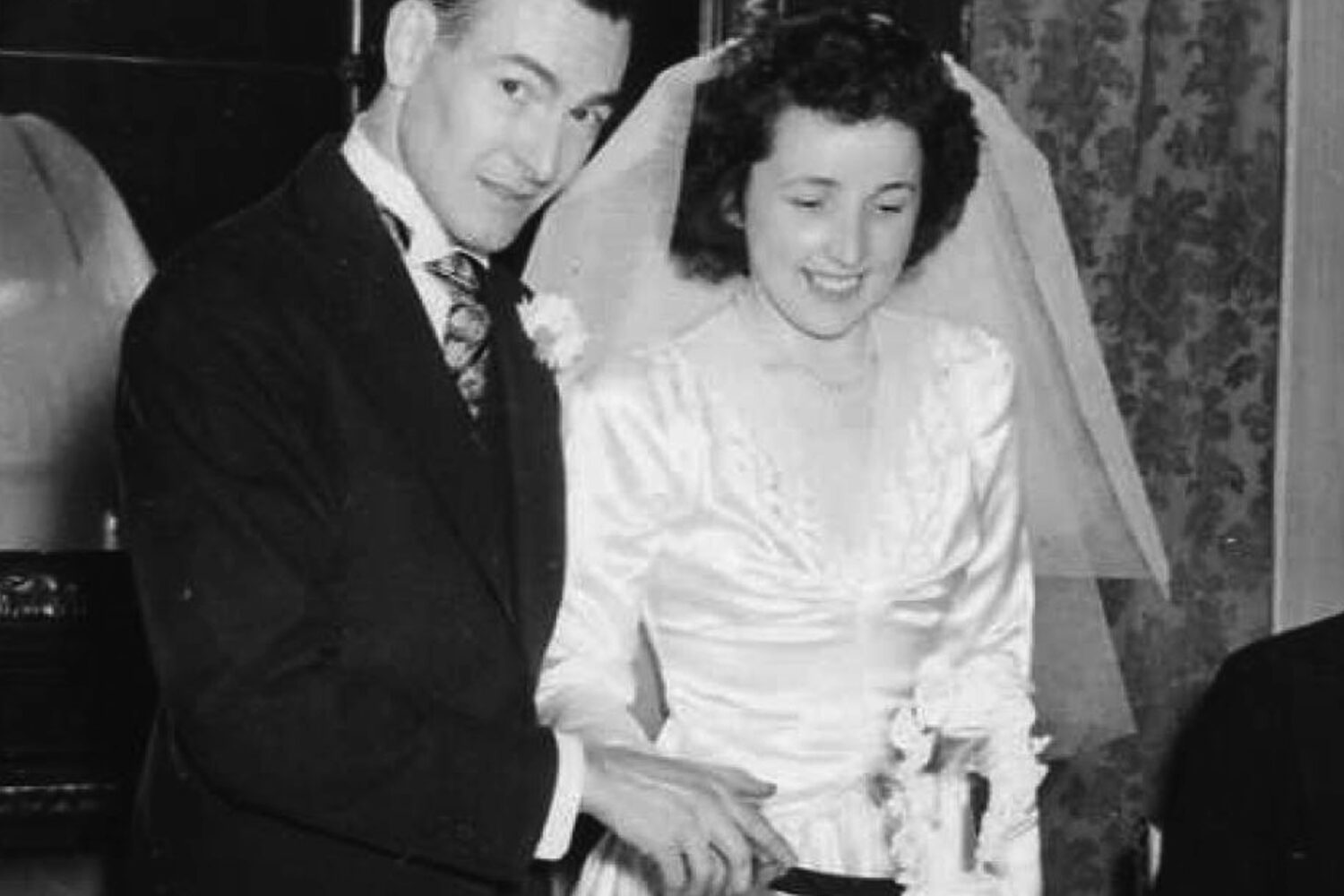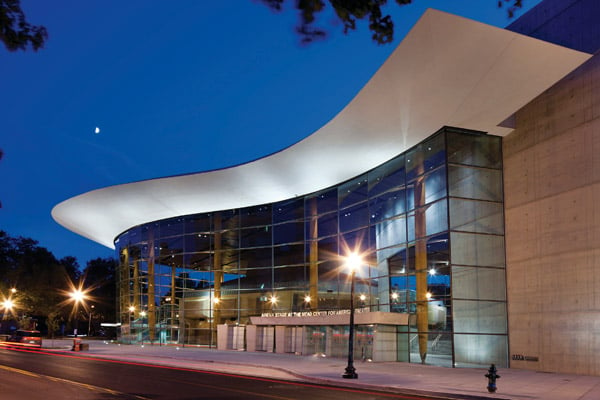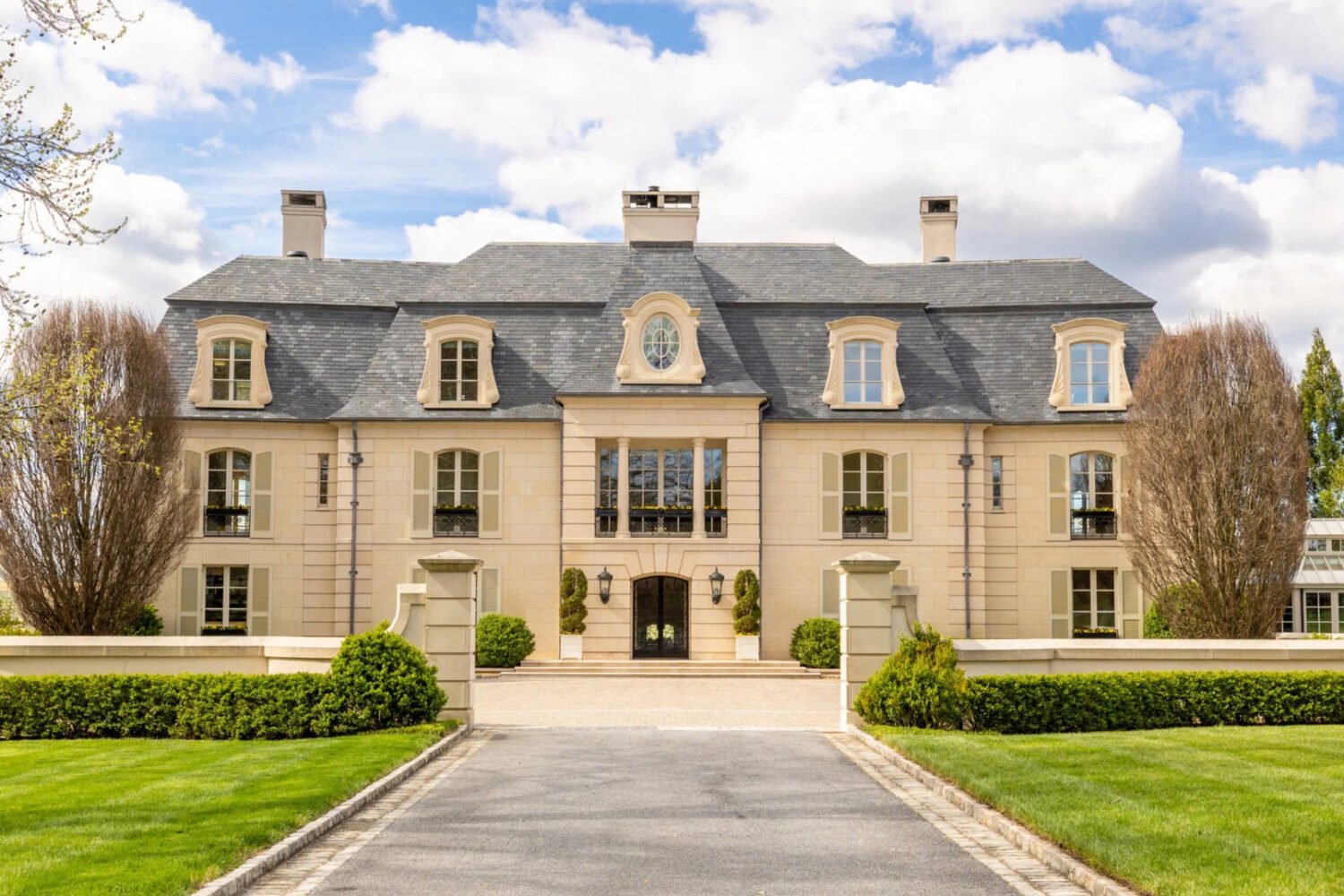“It’s a privilege to live in Washington if you’re interested in family history,” says Lynne Cheney, wife of Vice President Dick Cheney. When she decided to trace her family background for her new book, Blue Skies, No Fences: A Memoir of Childhood and Family, she found unexpected treasures in the National Archives, the Maryland State Archives, and the library of the Daughters of the American Revolution.
Lynne Cheney’s forebear Nicholas Leyberger arrived in Philadelphia from Germany in 1739, and she was able to find material about him in the DAR library. It has nearly 30,000 family histories as well as church records and letters.
Cheney says what she found helped her “flesh out the stories” of her family’s early years. A Leyberger grandson, also named Nicholas, testified about his Revolutionary War experiences to prove he was a veteran. “Seeing your ancestor’s words is a remarkable experience,” she says.
But it was more recent family history that sparked Cheney’s interest in her roots. When she was growing up in Casper, Wyoming, her maternal aunts shared “bits and pieces” of family lore—including that her grandparents had lived in a cave and the family moved from there into a tent in the oil fields.
The “cave,” a shelter dug out of the side of a hill, was temporary. The tent was home long enough to get a nickname—Lybyer Mansion. (Nicholas Leyberger’s great-grandson Daniel had shortened the family name to Lybyer.) The “mansion” had two rooms and housed the family of six plus a dog and Lynne Cheney’s great-uncle Clyde.
“It struck me as so exotic,” Cheney says. “As an adult, I more fully appreciate the hardships this life meant.”
Her father’s family, the Vincents, were descendants of Mormons who had traveled from Wales to the New World and settled in Utah. Cheney’s father wanted no part of the church or ancestors who lived by its precepts, so there were few childhood tales about her paternal history. But the Lybyers had rich stories.
Cheney knew that her grandfather Ben Lybyer had grown up on a farm in Missouri as one of 18 children. He ran away from home at age 13 and eventually got to Wyoming. He and several of his brothers, who later joined him there, talked about their escape from the backbreaking labor their father demanded.
At the National Archives, she found her great-grandfather Andrew Lybyer’s Civil War enlistment papers. “They told me what he looked like and that he was ‘entirely sober’ when he enlisted,” Cheney says. The archives also held Lybyer’s Civil War pension records.
As a private in the Union Army’s Sixth Indiana Cavalry, Lybyer was sent to defend Knoxville, Tennessee, then under siege by Confederate forces. His company was driven into the mountains, “where they had to survive in freezing weather without tents, blankets, or rations,” Cheney writes in her book. Her great-grandfather got very sick and, according to his pension file, never fully recovered. “He probably worked his sons so hard because he couldn’t do it himself,” Cheney says.
While researching, Cheney learned that the National Building Museum was originally the Pension Building, housing the federal agency that handled Civil War pensions.
In the early 1880s, Cheney’s great-grandfather moved west to Missouri to take advantage of the Homestead Act, which gave citizens the right to claim 160-acre plots of public land. In the National Archives, Cheney found the homestead file describing the land and the farmhouse where her grandfather was born.
Archivist of the United States Allen Weinstein has made the archives much more user-friendly for genealogy researchers, according to Cheney. Many of its documents are now available on the Internet.
The Maryland State Archives in Annapolis proved to be a trove of information about the Vice President’s family. The Cheney family knew that William Cheney was among the Puritans who had come to America in 1640 and settled in Roxbury, Massachusetts. Nine generations later, Dick Cheney’s grandparents, Thomas Cheney and Margaret Tyler, married in Nebraska. In 1915, they had a son they named Richard.
Margaret Tyler was a serious student of genealogy. Lynne Cheney writes: “It’s possible that she knew the surprising fact that her son was descended from Cheneys not only on her husband’s side but on hers as well.”
It was Tyler’s ancestor Richard Cheney who had come to Maryland before 1660 and received a land grant from Lord Baltimore. There are still places in Maryland that bear his name: Cheney’s Hill, Cheney’s Resolution, and Cheney’s Purchase. State archivist Edward Papenfuse helped Lynne Cheney locate the original grant, recorded in beautiful handwriting in a book kept by Lord Baltimore himself in the Maryland archives.
She also found that Richard had daughters named Elizabeth and Mary. The archive has Elizabeth’s testimony in a legal proceeding about her father’s estate.
Coincidentally, Vice President Richard Cheney’s daughters are named Elizabeth and Mary. The Cheneys now spend a lot of time at their home on Maryland’s Eastern Shore.
Genealogy is “history from the bottom up,” Cheney says. Her research helped put larger issues into perspective: “I never understood William Jennings Bryan’s ‘cross of gold’ speech until I read about one of Dick’s ancestors.”
Civil War veteran Samuel Cheney’s farm suffered from a devastating drought in 1890. He needed a loan to finance a new crop, but banks weren’t lending. The gold standard made it hard for small farmers to borrow money, Cheney writes: “When Bryan brought the crowd at the 1896 Chicago convention to its feet by declaring, ‘You shall not crucify mankind upon a cross of gold,’ he had in mind farmers like Samuel.”
She didn’t find any famous ancestors in researching Blue Skies, No Fences. What she found was a greater understanding of the people who had come before—who shared the idea not just of getting by but of making life better for their children.
“My mother grew up in the oil fields,” Cheney says, “but she was determined that there would be no limits on my aspirations or my brothers’.”
How to Find Your Roots
The National Genealogical Society’s Web site, ngsgenealogy.org, offers tips on researching family history and sells a kit on how to get started as well as a fill-in-the-blanks family tree.
To help focus your search before heading to the National Archives building (700 Pennsylvania Ave., NW; 866-272-6272) to look for documents, see its Web site for an explanation of what materials are available; go to archives.gov/genealogy.
The Daughters of the American Revolution (1776 D St., NW; 202-879-3229; dar.org) has searchable databases in its library, including records of the New England Historic Genealogical Society. Library visits are free to members of the DAR. Nonmembers pay $6 all day, $3 after noon.
The Church of Jesus Christ of Latter-day Saints (Mormons) maintains an online genealogical library and database with more than 600 million names. Its Web site FamilySearch.org also offers tips on tracking your ancestors, no matter what your religious affiliation.
Specialized groups such as the Jewish Genealogy Society of Greater Washington (jewishgen.org/jgsgw) and the Afro-American Historical and Genealogical Society (aahgs.org) can also provide family records. CyndisList.com has links to these resources organized by country of origin and ethnicity.

